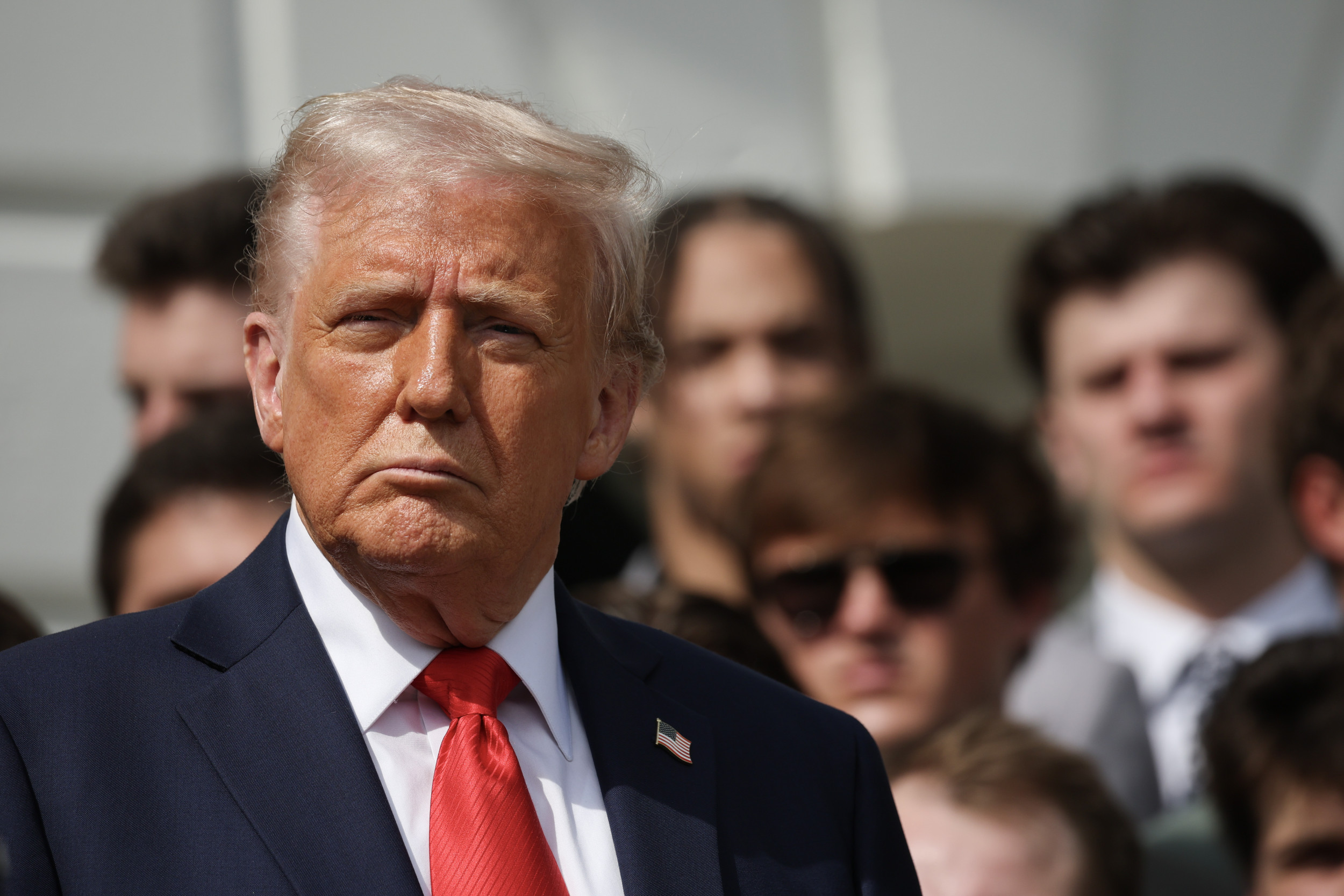The White House said the higher tariff is as a result of Chinese retaliation.
Archived version: https://archive.is/20250416092702/https://www.newsweek.com/china-245-trump-tariff-2060295
Disclaimer: The article linked is from a single source with a single perspective. Make sure to cross-check information against multiple sources to get a comprehensive view on the situation.



Doesn’t matter whether it’s a 80% (or whatever it was, basically changes on a whim) or 245%. There is no difference.
It does make a difference. Let’s say a thing you need about once a month to run your business was 10 dollars from China. You can get a similar product in the US, but it’s 30 dollars. At 80%, it’s still cheaper to get from China, 18 bucks. At 245%, it’s now 24.50 to buy from China. Still cheaper than buying from the US, but now way more expensive.
I know these are made up numbers, but it isn’t that unusual for US made items to be 3-10x the price of making it in ‘cheap labor’ countries. Also, this assumes there is a comparative replacement made in the US. But many machine parts have no analog or are proprietary, you must buy it from China or end that part of your business.
Your point is fairly good but you need to recheck your math. At 145% a $10 product will be $24.50. At 245% it’s gonna be $34.50. And that doesn’t even take into account additional federal, state, and local taxes.
Non-tarrif taxes would apply equally to foreign and domestic goods and can be ignored when comparing prices.